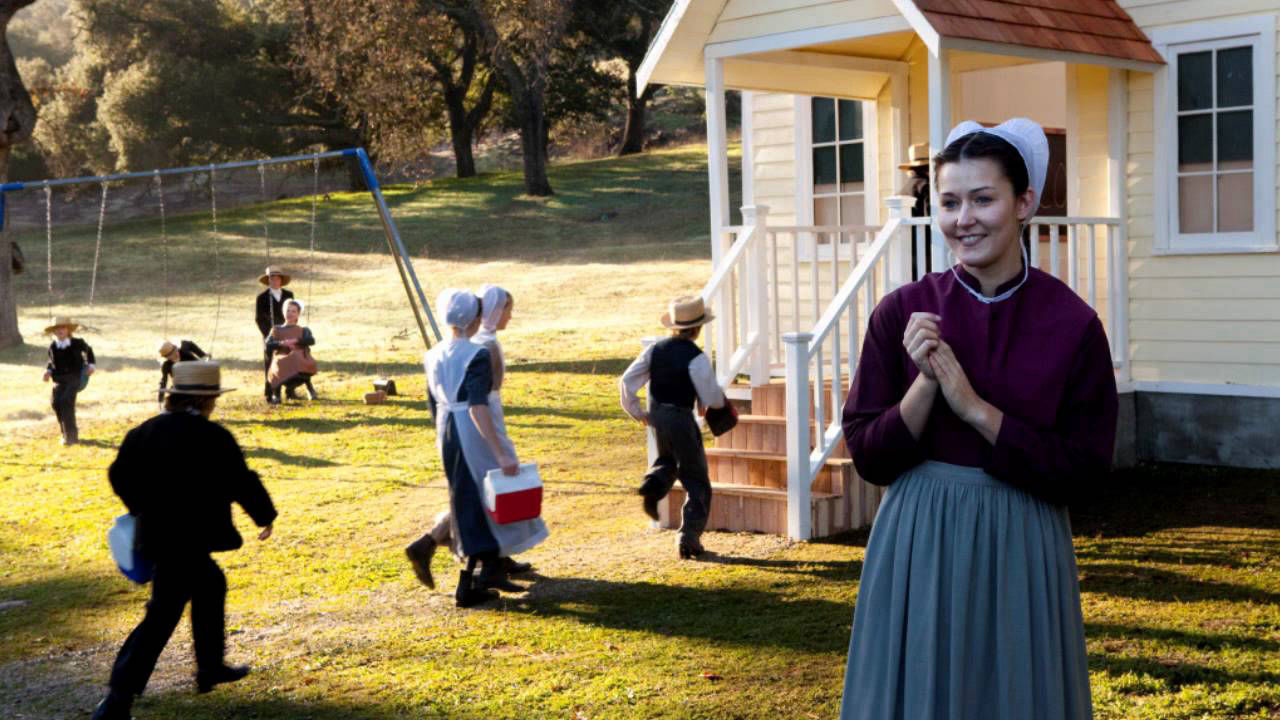
Cultural Diversity
'Culture' can be defined as a system of shared
meanings based on religion, ethnicity, language
and tradition. Culture provides boundaries and
constraints, and freedoms and guides us in the
ways we dress, for example. Within cultures,
there are three distinct groups – normal people,
separatists and ‘sub-culturals’.
The Amish group in America would consider
themselves to be separatists. This is because
they have separate rules, norms and values but
they always abide by those pertaining to the
national majority. Here's a picture, which looks
like it was the 18th century but is, in fact,
modern.

Direct-action sub-cultures prefer to try to subvert main culture by direct-action sub-cultures such as punk rock initially begin as being outrageous and antiestablishmentarianist, but later become subsumed to the main culture. The following picture shows original 'punks', who's sub-culture tried to subvert mainstream culture. When the music groups they followed, which started the whole movement, signed up to record companies, they became subsumed into mainstream culture themselves and therefore became part of the culture they were originally fighting against.

A ‘cultural landscape’ is one where the sub-group or separatist group eventually form the landscape to reflect their beliefs; and an example is detached suburban housing with gardens etc, reflecting the importance of home ownership in that culture. The picture beneath shows a suburban housing development which represents the values of that sub-culture.
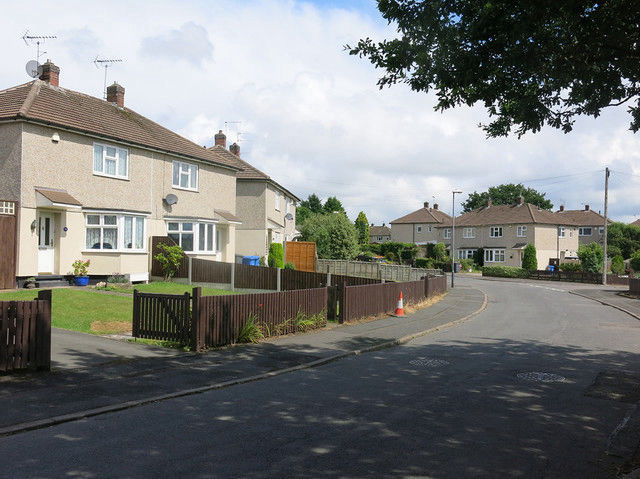
Common areas or infrastructure can be ‘claimed’ by groups of people. For example, these objects can reflect the 'possession' of an area: mosques, synagogues, speciality restaurants, shops and festivals.
It is also possible to ‘read’ a landscape’.
Indicators such as crosses, Stars of David or
the placement of monuments show us the area of a
particular sub-cultural group.
There are three different types of landscape :
historic, modern and mixed.
A example of a certain type of historically
designed landscapes is Longleat House, in
Wiltshire, England. It was built as a symbol of
wealth and power. It now includes a Safari Park
to provide income to support the national
heritage house. (Shown below.)
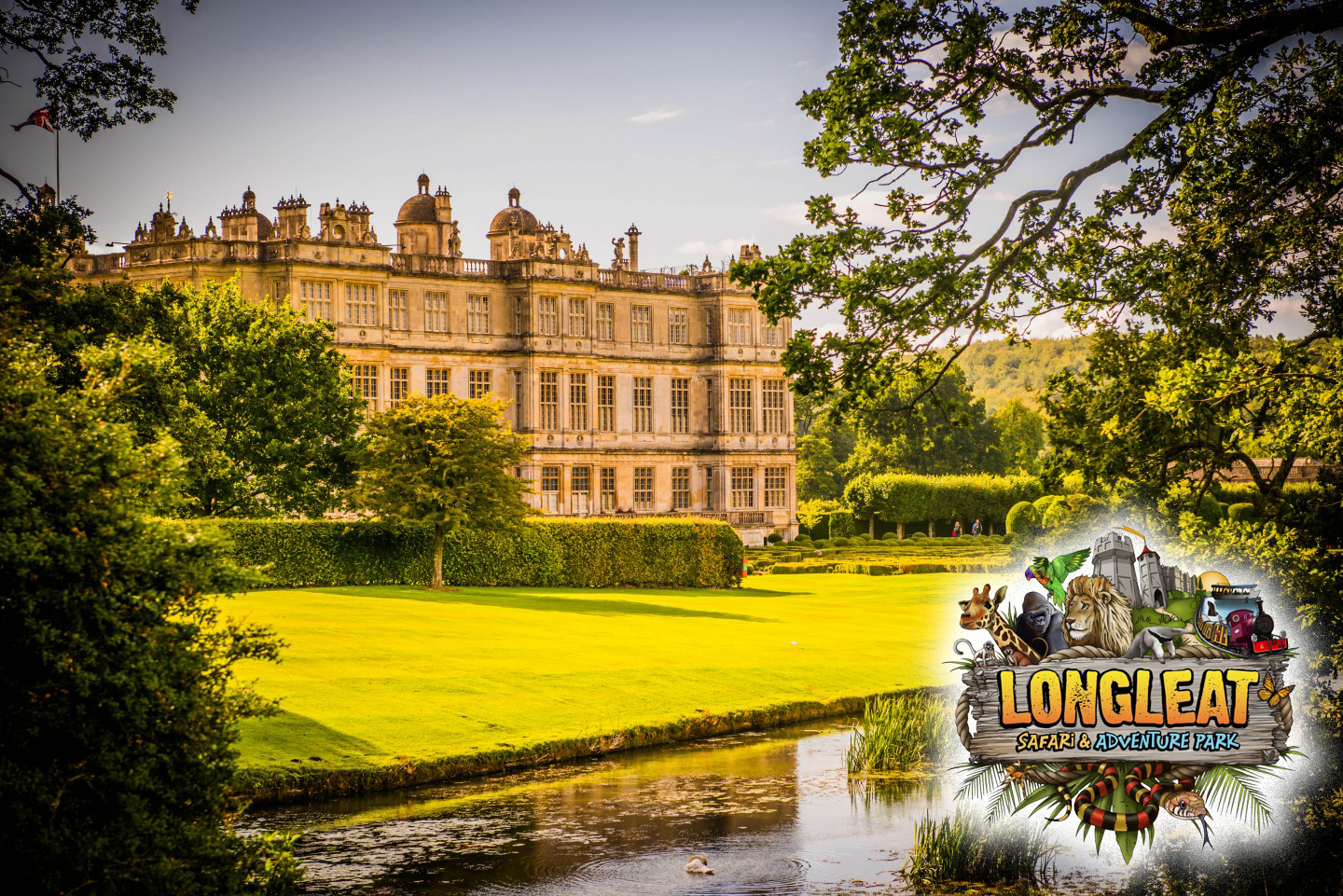
Another example is the village of Lacock. It is now a heritage village, preserved to show how the wealth of the industrial revolution improved conditions for the working people.
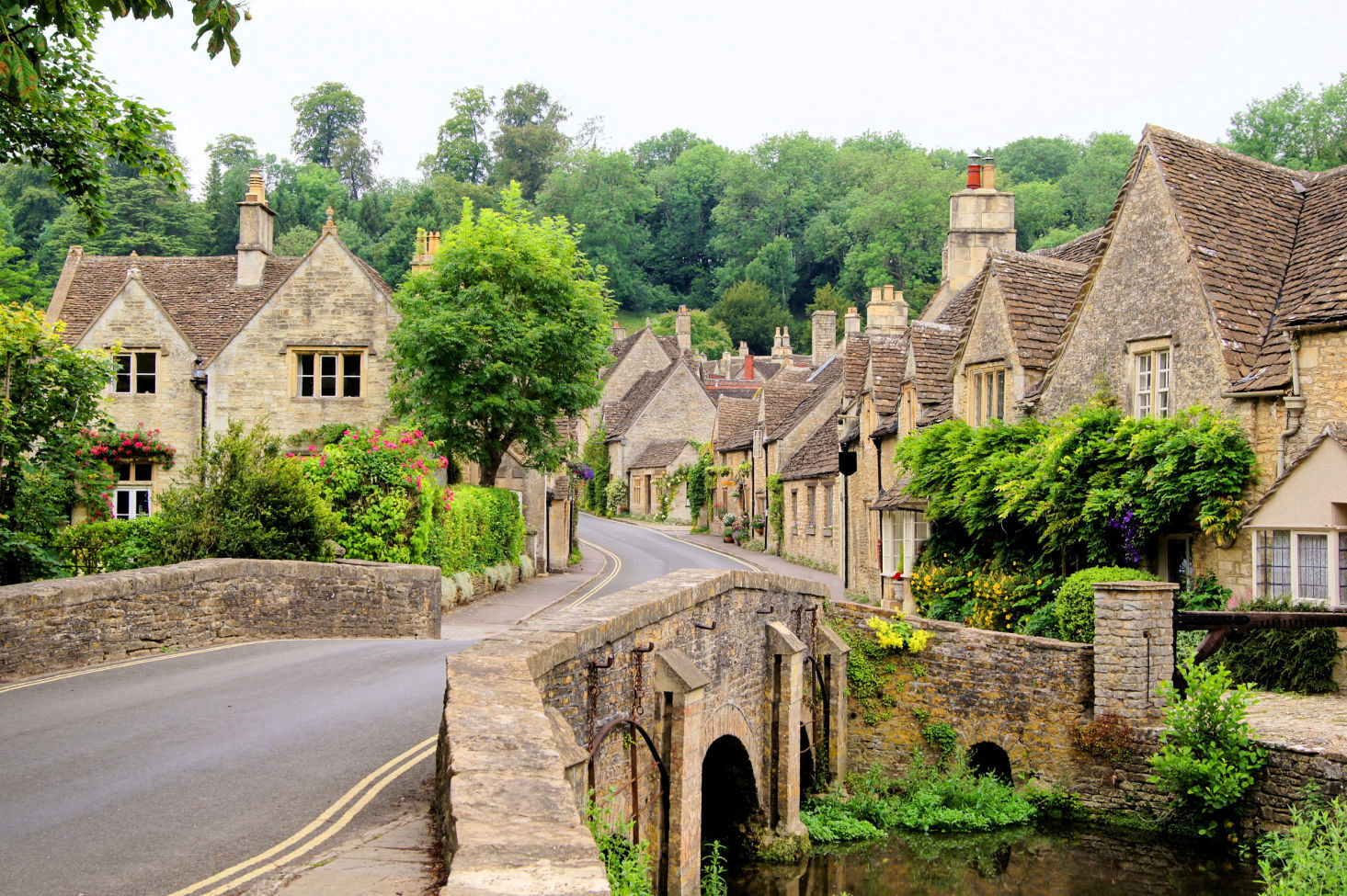
Stonehenge, on the other hand, is 'neo-pagan' landscape. Other types of 'landscapes are: ethnoscapes (collections or groups of people belonging to a certain ethnic group), technoscapes (a modern area where tech firms 'gather') and commodityscapes, where services are provided in a certain locale.
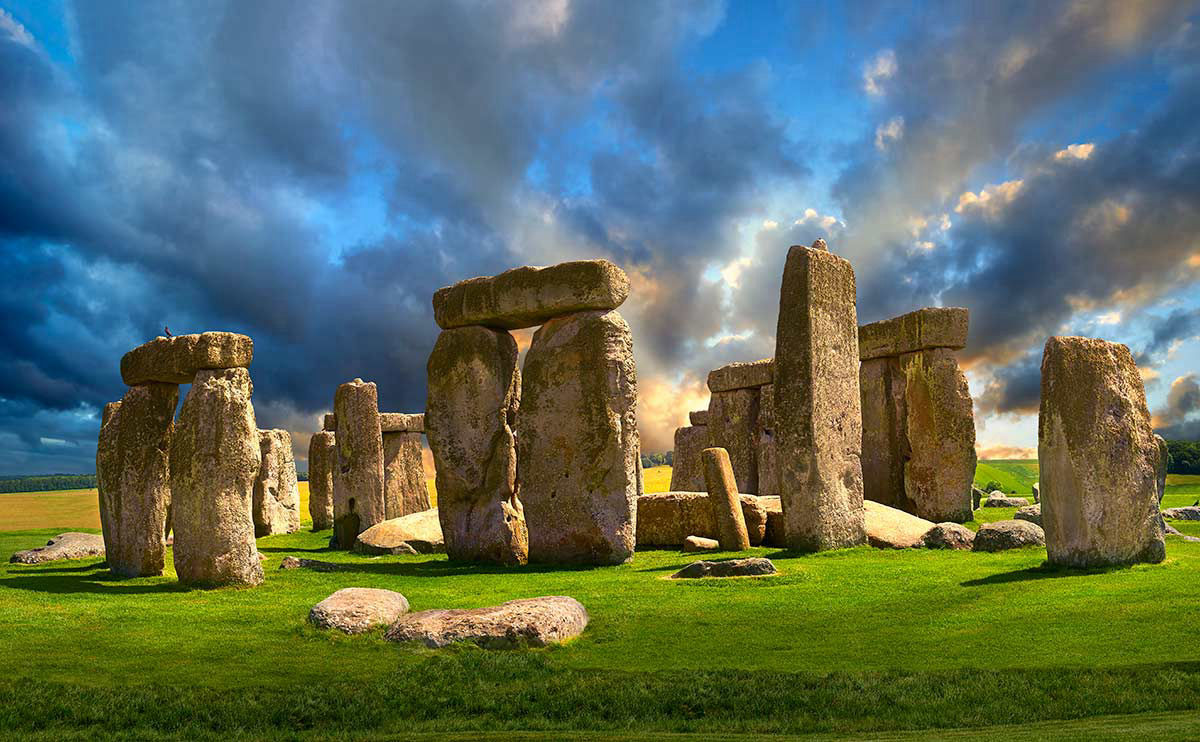
Stonehenge was built relatively close to a river in Avon, England. The significance of this might be some spiritual or religious reason. No one actually knows for certain.
England is lucky to have an organisation which
takes care of its heritage. It's called 'The
National Trust' and it either restores or keeps
buildings of national importance in their best
condition for ‘the people’.